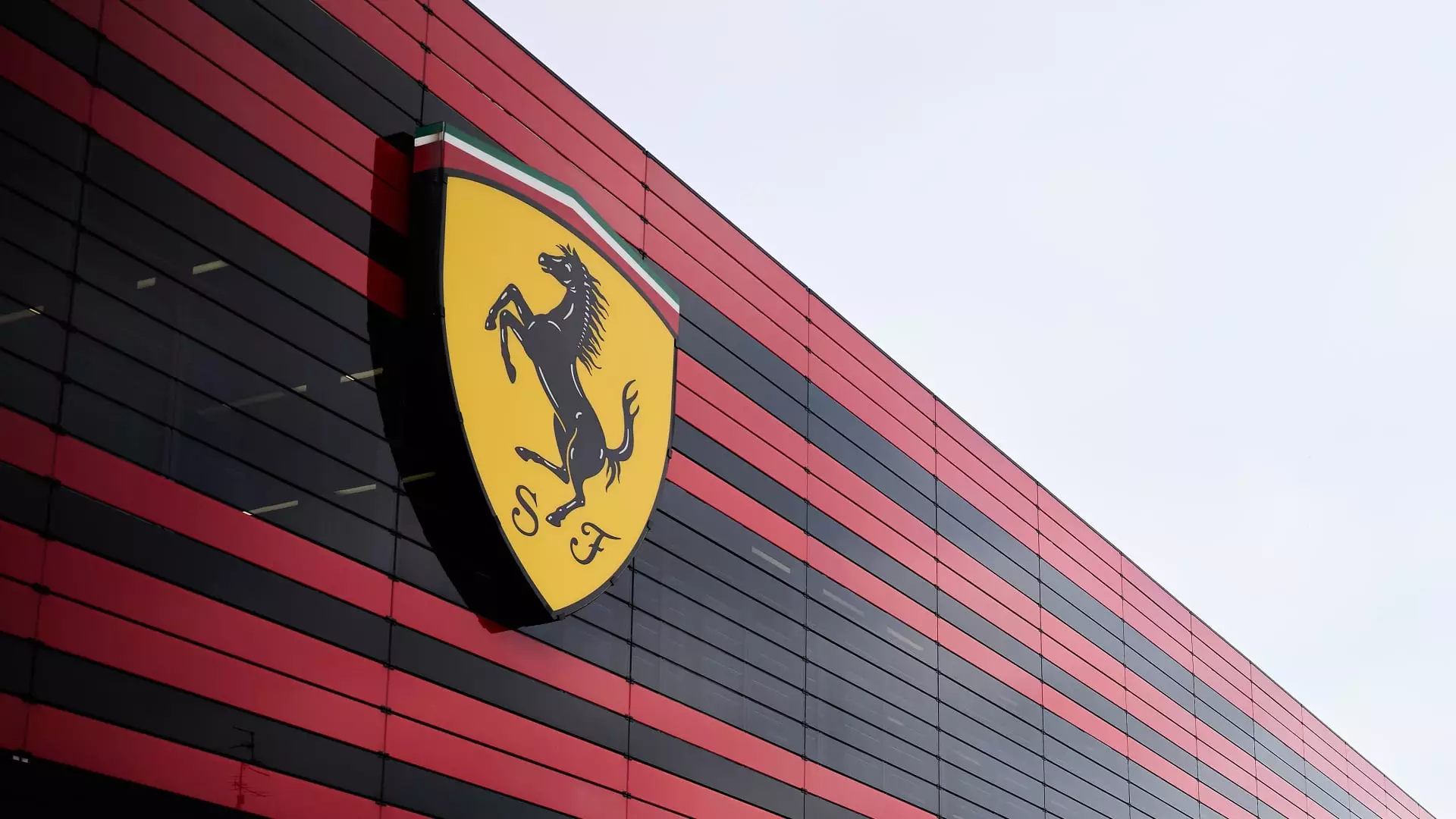On a seemingly ordinary Thursday, Ferrari announced an eye-popping 10% price increase for specific models, provoked by new U.S. auto tariffs. This decision, likely a response to political pressures rather than market demand, exemplifies the volatile intersection of luxury branding and government policies. With price hikes that could escalate the cost of a typical Ferrari by up to $50,000, the luxury carmaker seems poised to disregard any concerns about financial sensibility for its high-end clientele. Yet, how much of this response is a reflection of corporate greed rather than necessity?
Wealthy Buyers: Insensitive to Price Hikes?
Ferrari’s customer base, predominantly among the affluent elite, may well be insulated from the repercussions of these increases, but the company’s move seems poorly considerate of the broader economic environment. The Purosangue SUV, starting at roughly $430,000, will witness a near $43,000 addition, while the F80 will see an increase exceeding $350,000 to its already staggering price tag of over $3.5 million. The question lingers—does Ferrari really respect its customers by imposing such steep price increases? Addressing this point, CEO Benedetto Vigna mentioned the necessity of treating buyers “in the right way.” One could argue, however, that hiking prices drastically amidst economic ambiguity is hardly an act of respect.
The Waiting Game and Market Dynamics
Though Ferrari’s waiting list boasts an impressive timeframe, extending beyond a year for most models, this should not blind us to the ongoing economic fluctuations that affect even the ultra-wealthy. High-end luxury sales often thrive on perceived value and exclusivity, yet the persistent threat of diminishing purchasing power can chip away at this facade. By maintaining its financial targets for 2025 despite acknowledging a “potential risk” to profitability margins, Ferrari may be overestimating the resilience of its consumer base. It must tread carefully; opulence can become stale quickly, and buyers might reconsider their loyalties if they feel exploited.
Electric Future or Elitist Pricing?
As Ferrari gears up to launch its first all-electric model this October, it finds itself at a crossroads. The company seems committed to innovation while simultaneously levying substantial costs on its current lineup. It remains to be seen how this strategy will resonate with an increasingly environmentally-conscious market. Will buyers still gravitate towards a marque that appears to prioritize profit over genuine consumer engagement? Or will Ferrari’s price increases alienate potential buyers as they seek more eco-friendly alternatives within their financial constraints?
A Broader Economic Commentary
In a political climate increasingly sensitive to issues of economic disparity, Ferrari’s latest strategies could be perceived as tone-deaf. Corporate giants wield tremendous influence and responsibility to act in alignment with the interests of not just their shareholders but also society at large. By elevating prices in response to tariffs and political whims, Ferrari risks alienating a public vigilant about ethical practices and consumer treatment—even amongst the luxury elite. It is essential for companies like Ferrari to navigate these turbulent waters with a sense of accountability rather than pure profit maximization.

